The 7 Most Common Home Security Mistakes You Should Avoid in 2024
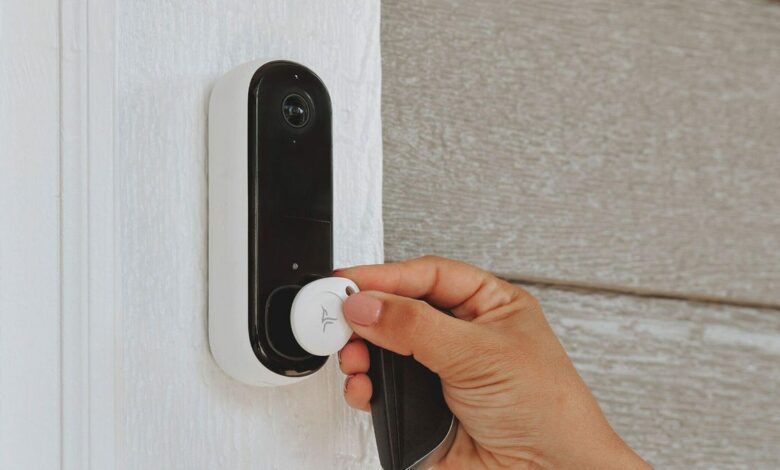
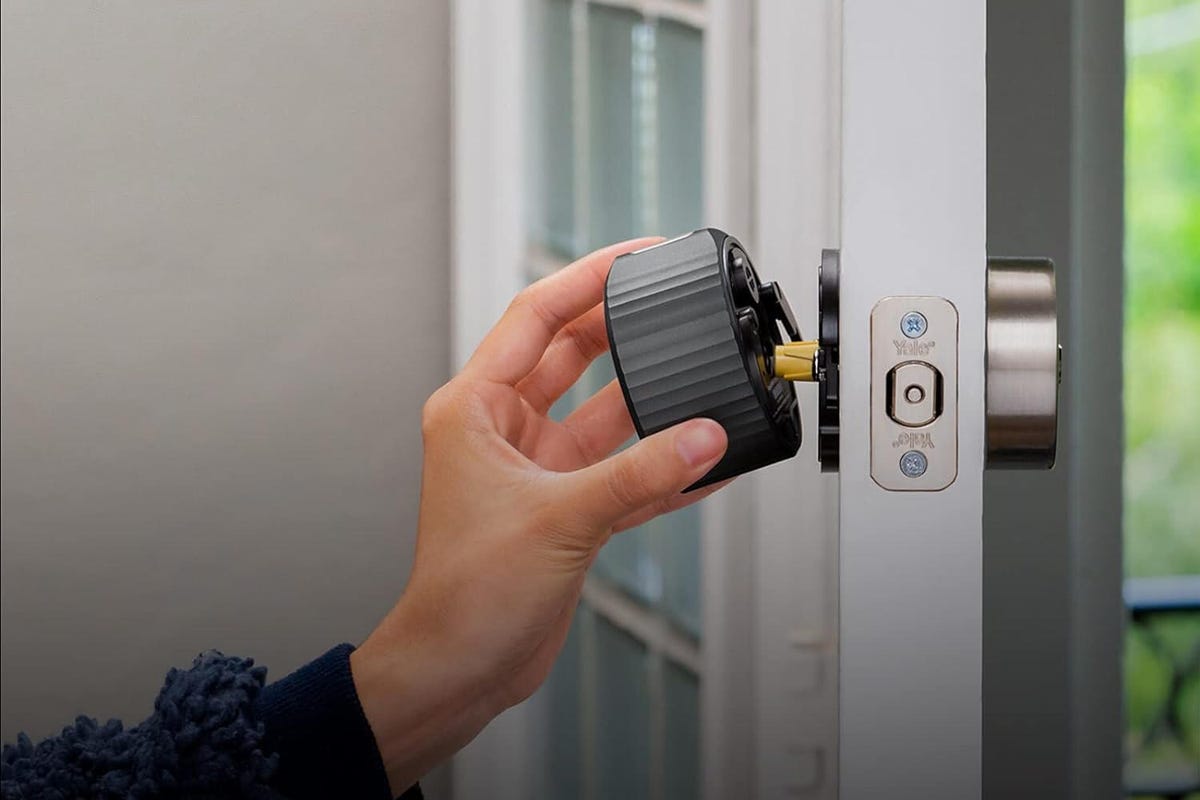
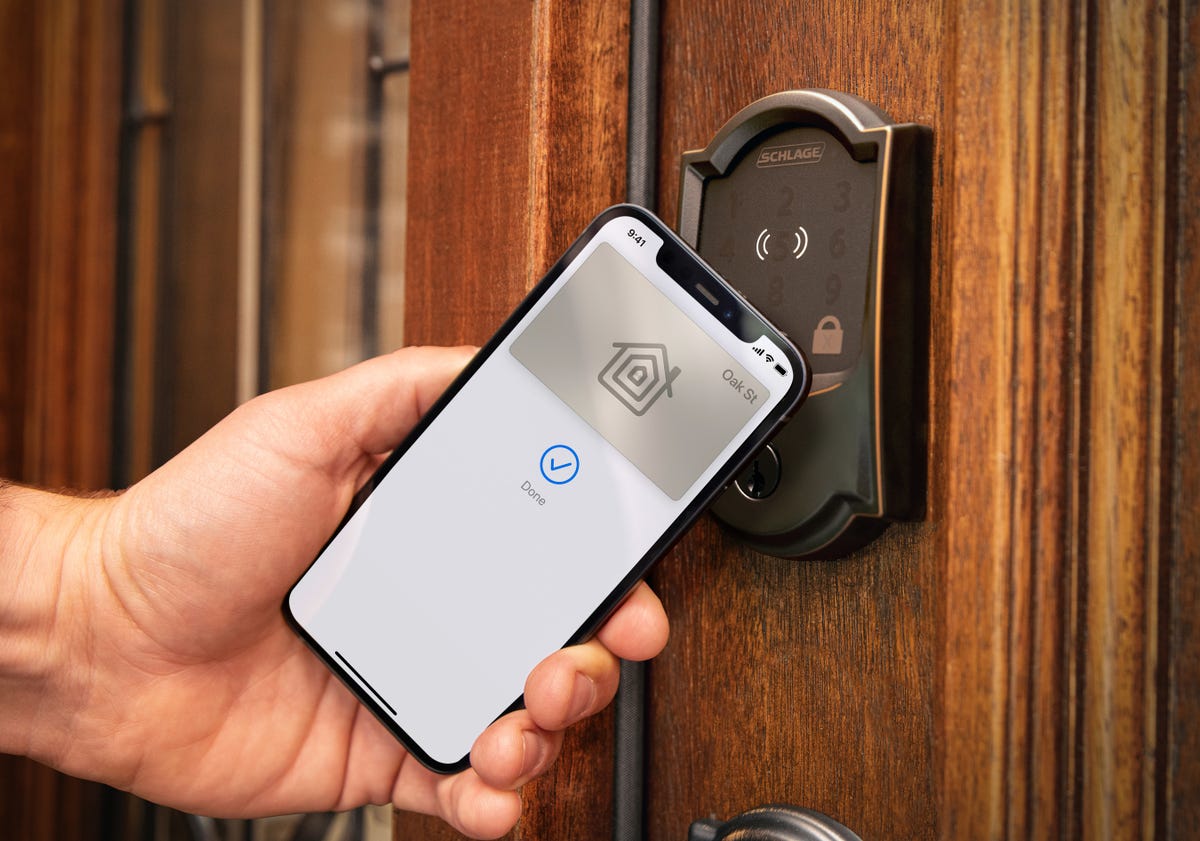
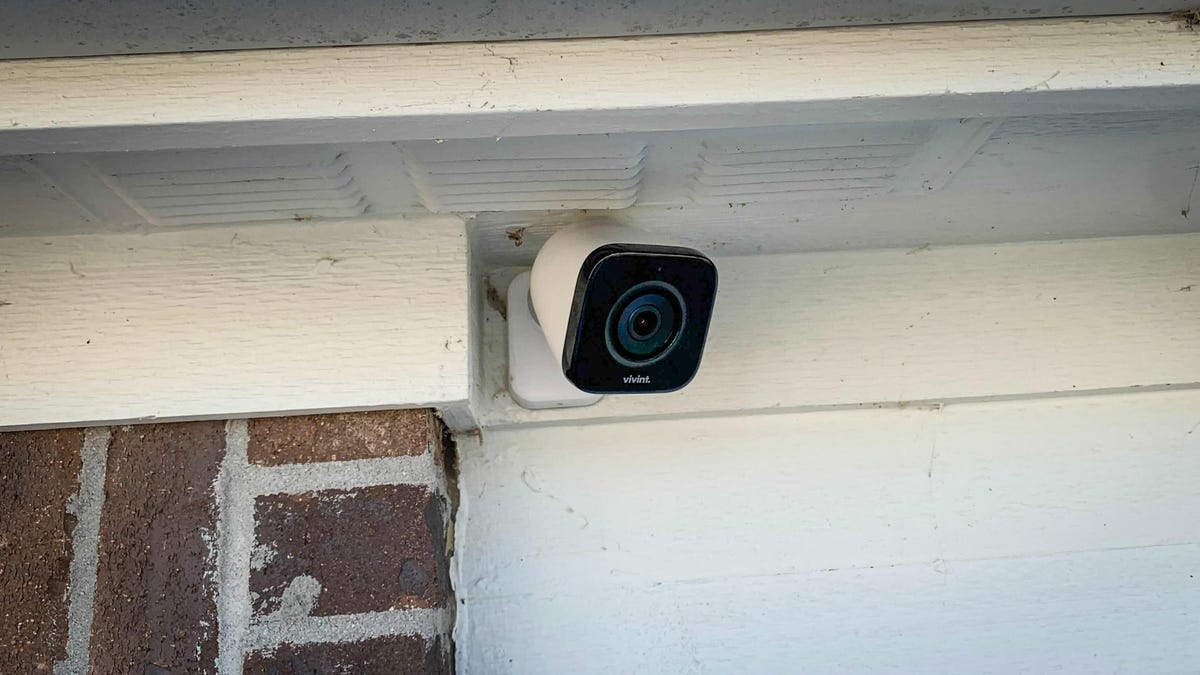
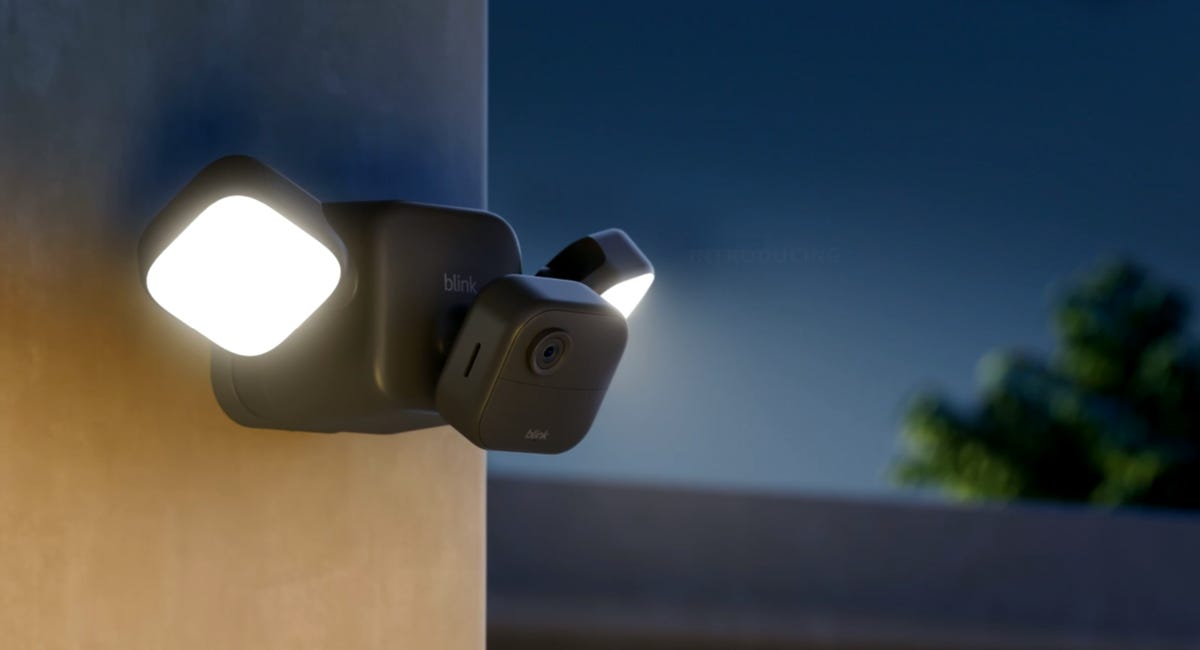
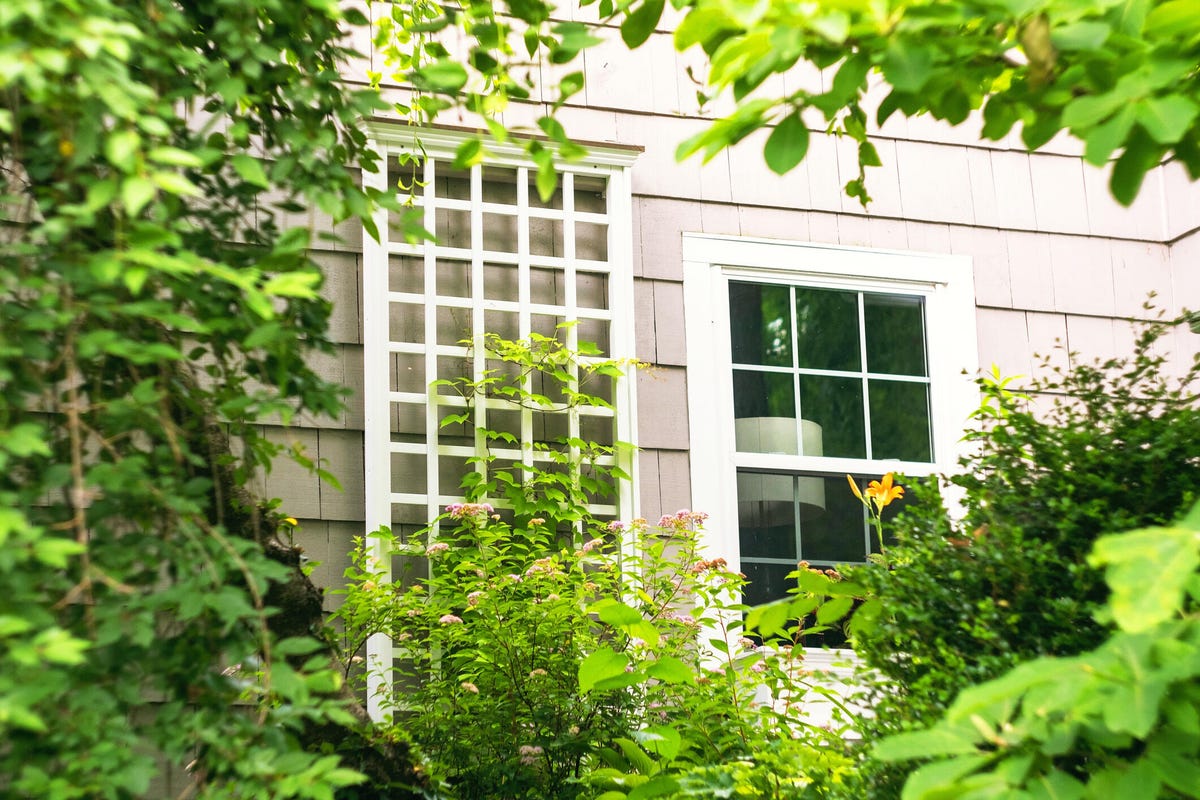
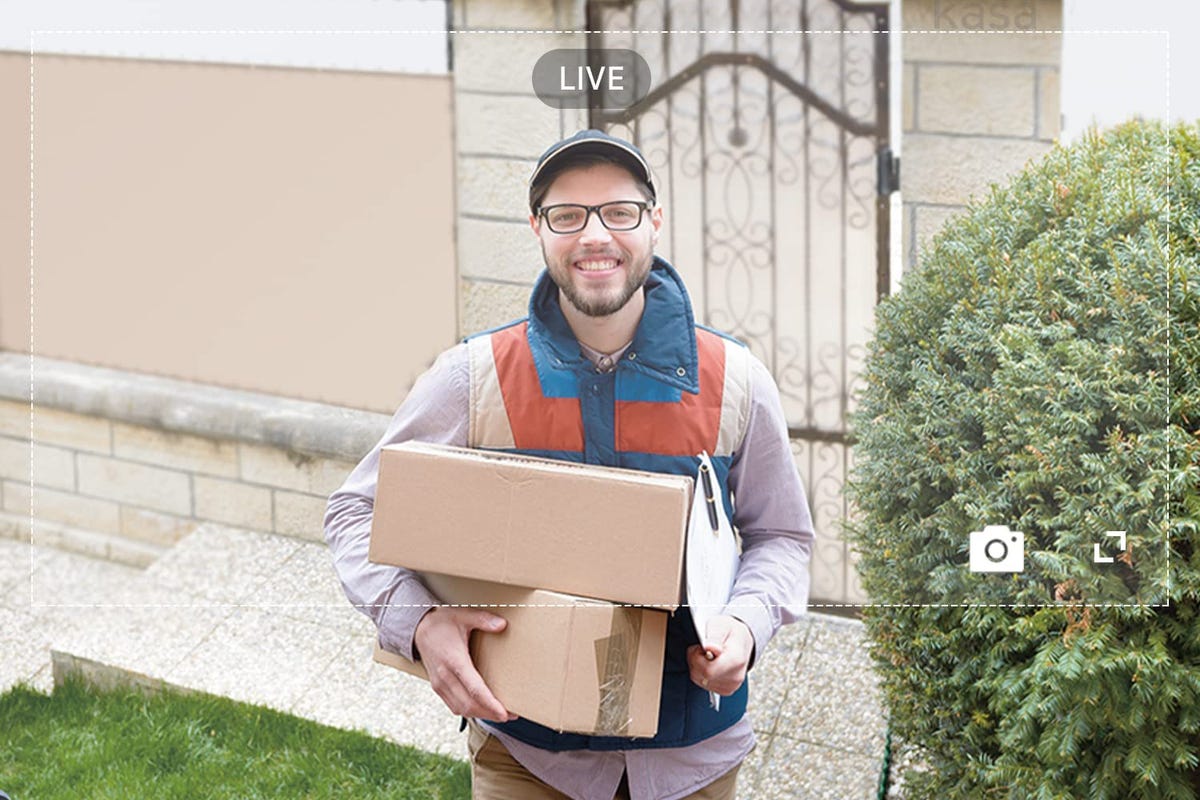

Installing home security has never been easier with our wireless devices and DIY kits, but we still see people falling into a few common pitfalls. These mistakes or bad habits, often understandable when we’re busy and distracted, can ruin the potential of security systems and even make it harder to make a successful insurance claim if you’re broken into.
So, grab a digital chair and grab your mental notepad, because we’re going to go over these security flaws and how you can fix them with a few small tweaks to your routine.
For more security advice, try these safety tips for apartment dwellers and how prevent home security cameras from being hacked.
1. Not locking windows or doors

The August smart lock can always send you a notification if you forget to lock your door.
This may sound obvious, but one of the worst things you can do when it comes to securing your home is to leave your windows or doors unlocked. You might assume that a robber or burglar would be willing to use brute force to break into your home, but they are often looking for the least amount of effort and impact when breaking in because they don’t want to draw attention to themselves. Nothing makes that easier than leaving the door unlocked and letting them waltz right in.
One way to prevent this is to have a security camera outside your front door to create the feeling that someone is watching. Another option is to invest in a sensor system that can detect if a door or window is open. With internet-connected locks, you can even lock the door from anywhere, and some systems will alert you when a lock is unlocked so you can address it.
2. Hide keys in common places

Schlage allows you to use Home Keys and other digital passes.
It is useful to keep a spare key outside in case you forget your keys or if one of your friends or family members needs to get inside. It is also useful for other parties who want to enter your home without permission. If you leave a key in a common place, a burglar can enter your home unhindered, even if someone else is home. This can put someone in danger.
Instead of leaving a key where anyone can find it, consider more secure options. Put your key in a lock box that requires a code to gain access. Use a keypad lock that requires a PIN. Smart locks can also be unlocked remotely, allowing you to let someone into your home even when you’re not there. You can also create digital passes for other people to make management easier.
3. Not maintaining your technology

Home security systems and cameras are two of the best all-around defenses against burglars.
Smart home technology has brought us security devices like security cameras, smart locks and alarms. But technology also introduces a number of potential points of failure for your security system — and points that you might not consider if you assume the technology “just works.”
Think about how your smart home security devices work. Do they plug into a power source or run on battery power? Check your plugged-in devices after a power outage to make sure they’re working, and check battery-powered devices regularly to make sure they’re working as expected. Also, make sure you keep your software up to date. If you don’t, your technology could malfunction or become unusable, and you could be vulnerable to cyberattacks.
4. Keep the garden dark at night

Floodlights can be a major deterrent. This Blink Outdoor base even allows you to add lights to existing combinations.
A dark yard can feel private and keep the light out of your windows, but it can also be an invitation to sneak around. It makes it easier for intruders to peek through your windows and see what goodies are lurking in your home. Lighting up your yard at night is a better alternative for home security.
That’s why we have a complete list of the best home security cameras with lights. These lights work with motion detection and object recognition, so they only light up when they see a person, saving your eyes during the dark hours.
5. Let your shrubs and trees grow wild

Overgrown shrubs and plants can block windows or make it easy for intruders to hide.
Bushes, shrubs, or trees look great, add curb appeal, and provide shade on hot days. But if you let them grow too tall or wild, they can get in the way of your smart cameras and even provide cover for intruders trying to get into your home. Look for plants that do things like:
- Darkening your windows
- Blocking sight lines for security cameras
- Growing against your walls or roof (this is also a fire hazard)
If you notice these problems, it’s time to plan a pruning project, or remove the troublesome plants and create a new garden in their place.
6. Be nonchalant with the packaging

Kasa’s very affordable doorbell can wait for packages.
A common way thieves look for potential break-ins is by looking at what people throw in their trash. If they see a lot of boxes, especially large boxes for electronics, TVs, etc., they know that there are valuable, new items in a home. Nip these signals in the bud by always cutting up your large boxes when you throw them away. Avoid any obvious signs outside that you recently made a large purchase.
7. Talking about all your home activities on social media

Sharing on social media is fun, but don’t give away too many details about when you’re not home or what you just bought.
We understand the urge to share fun news with friends, but one of the most common home security mistakes is oversharing on social media. You don’t always know who’s looking at your posts, especially if you have a large following with a weak connection to your private life. Those photos and posts about your new gaming console or your current trip to the coast can an invitation for burglars or others with malicious intent.
Limit your risk by keeping your followers free of strangers and keeping travel plans off social media until you get home. Try not to brag too much about big new purchases, especially if you don’t know who will see it.
Since you are already thinking about your home security, read on using an old smartphone as a security camera and the most effective places in your home to place security cameras. On the way to the July sale, learn how to deter porch pirates.




